Borneo Dayak Modang Statue
$1,168.00
Borneo Dayak Modang Statue
Borneo Police Statue
Size : 58 x 8 x 50 cm (spread hands)
Borneo dayak Modang Statue is one of arts from Kalimantan or Borneo. The Dayak are one of the native groups of Borneo. It is a loose term for over 200 riverine and hill-dwelling ethnic subgroups. Meanwhile, located principally in the central and southern interior of Borneo, each with its own dialect, customs, laws, territory, and culture. Although common distinguishing traits are readily identifiable. Dayak languages are categorized as part of the Austronesian languages. The Dayak were animist in belief; however, many converted to Islam and since the 19th century there has been mass conversion to Christianity.
Borneo Dayak Modang Statue Function
Every Art was made by Dayak people are have many function. For example, Sculpture For Amulets.
Dayak people in making statues for amulets which are believed to have magical powers in rejecting disease, disease and restoring the spirits of the sick.
Further, Statues For Completeness And Traditional Ceremonies. Dayak people in making statues for the completeness and tools of traditional ceremonies. Likewise, believed to have magical powers in realizing the goals and values of these traditional ceremonies.
Motif of Borneo Arts
About the Dayak people also have knowledge and expertise as well as a wealth of patterns or motifs. Found both in carving, weaving, tattoos, handicrafts, buildings, etc. Which generally take the patterns from nature and as well as spirits from gods, etc.
This Dayak Kayong carving has a lot in common with carving; Mahap, Mentuka, Kerabat, Bedayuh, Manyuke, Kanaytan, Lara, Jagoi, Bakati ', jelai, and Siring (Simpang). But, uniquely each carving motif in the Dayak Kayong community has its own naming and use. At least, in this community the motifs of the famous carvings include Komang Nyolak, Tiangang Sosat, Awan Belane, and Telempiau Beryon.
1. Komang Nyolak
The Komang Nyolak motif is taken from natural forms. Such as, the shape of the leaves of the Bakah Kekure (turtle orchid), pumpkin flowers, and the shoots of the ferns. Each shape is then combined and assembled so that it becomes a beautiful motif. For this Komang Nyolak motif, it is usually used on the flying wing / pepilesan house or jurokng.
2. Tingang Sosat
Named the Tingang Sosat motif (enggang perverted) because this carving is made without a tip. This tingang sosat motif is a combination of the shape of the bakah kekure, cempedak komang (flower) petals, then adding a picture of several tingang tails with their legs stretched backwards.
3. Awan Belane
This motif is almost similar to Komang Nyolak. The shape is taken from the form of a fern shoot, a half leaf from the Bakah Rajang. This motif is usually used for resident houses, bintoran (concrete) houses / jurung, potas (dividing the floor meeting in a traditional house), installed extending from the direction of Lawang (door) to the Buritan (kitchen).
4. Pelempiau Berayon
This motif is very simple in shape. In Other Hands, only the title is sounds good. Likewise, there is an assumption that even Kujol (ignorant) people can make it. The shape of the Telempiyau Swinging motif is only in the form of curves. Likewise, an adaptation of the appearance of a Telempiyau animal hanging from a tree. The Telempiyau Berayon motif can be placed in a decorative corner or corner of the room. Source : Institute Dayakologi
Please contact Us for more detail pictures
Additional information
| Weight | 50 kg |
|---|---|
| Dimensions | 30 × 30 × 140 cm |

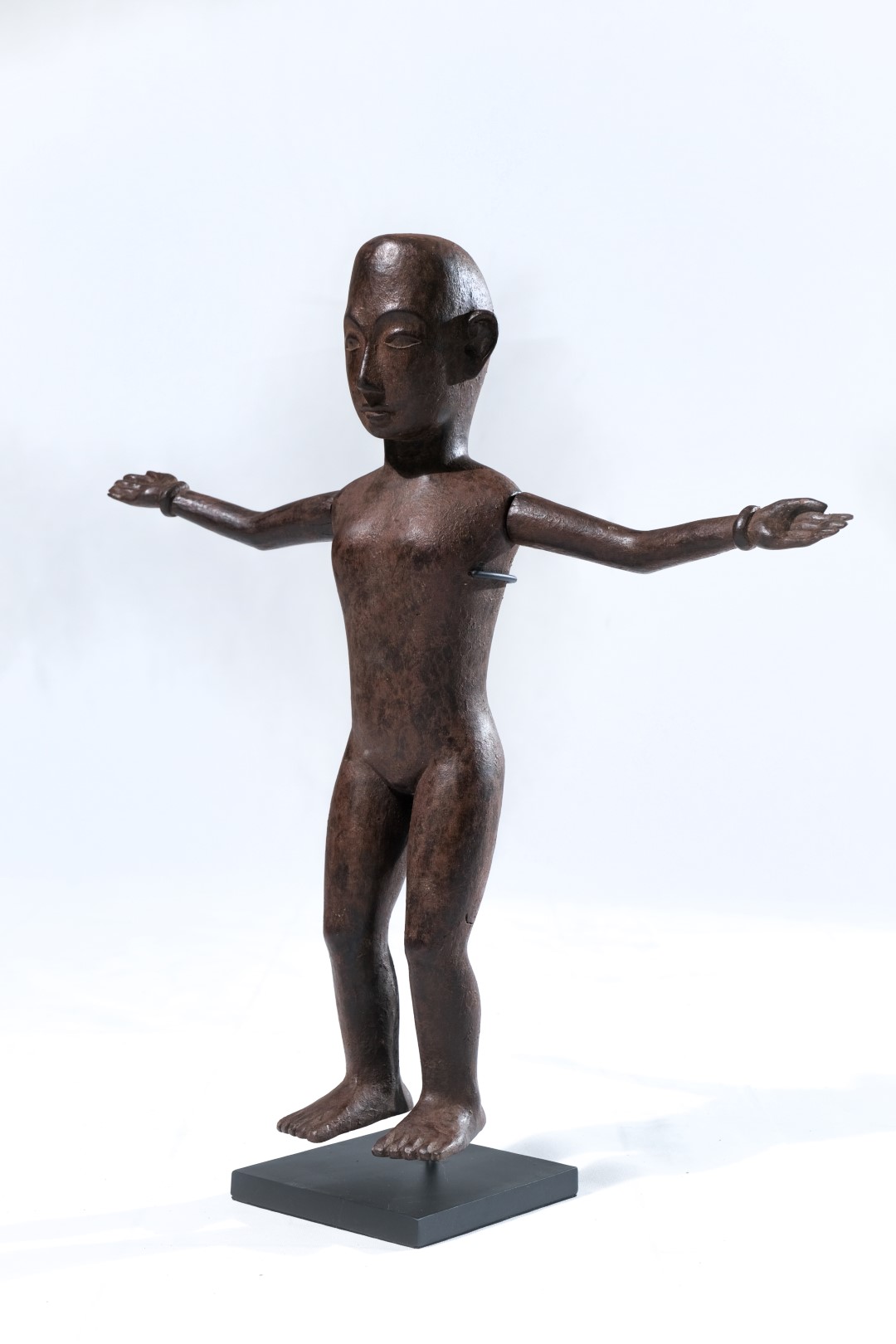
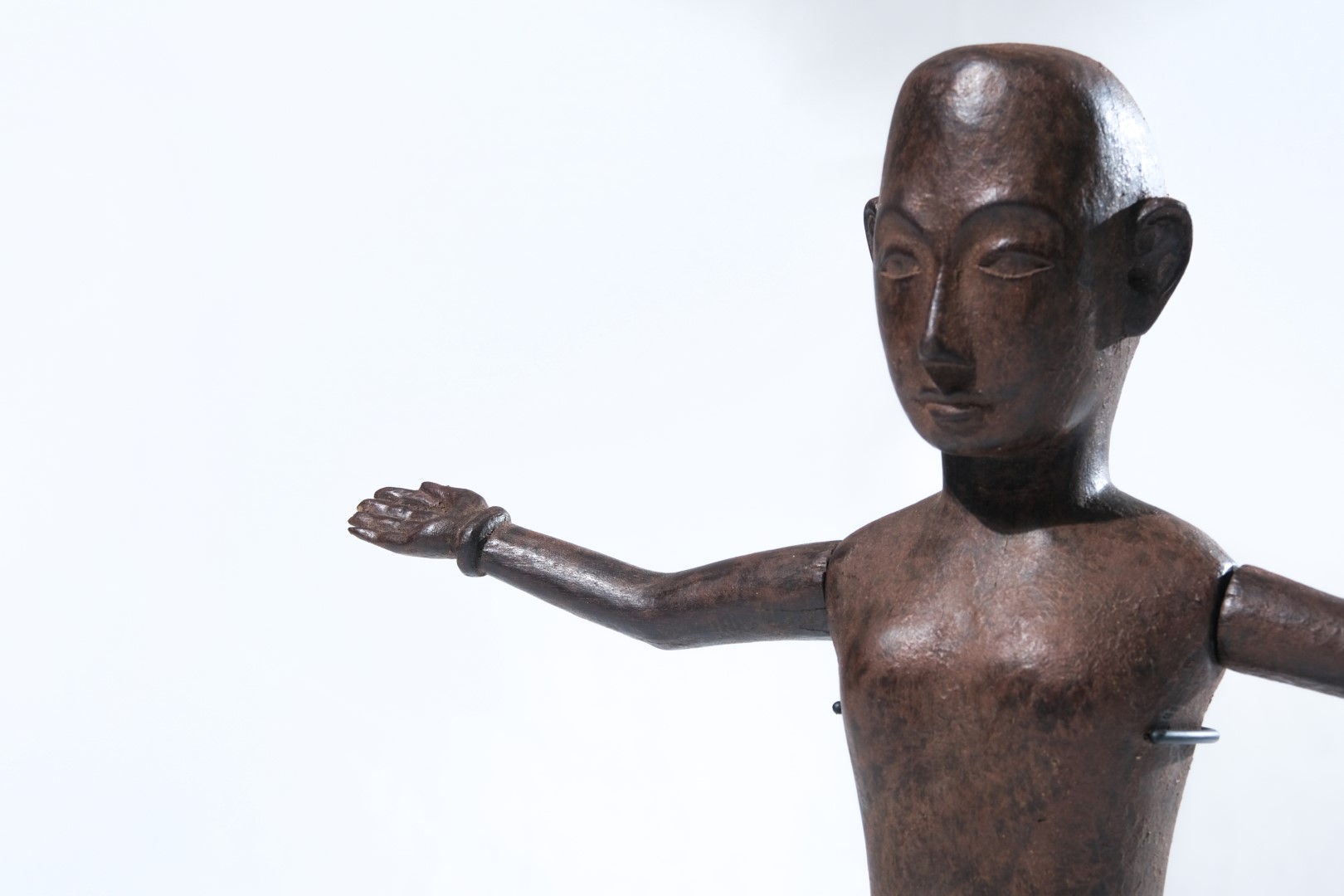
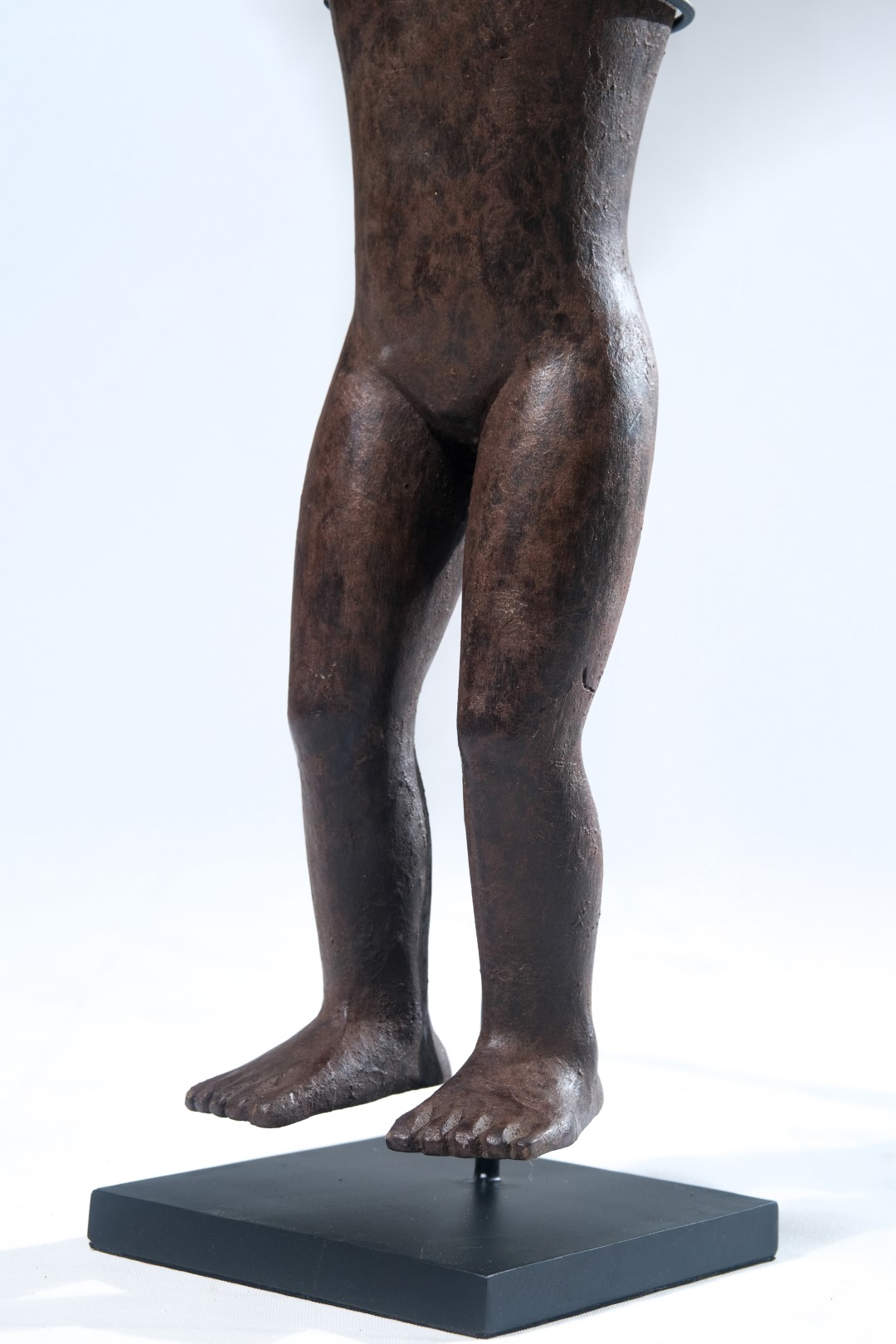
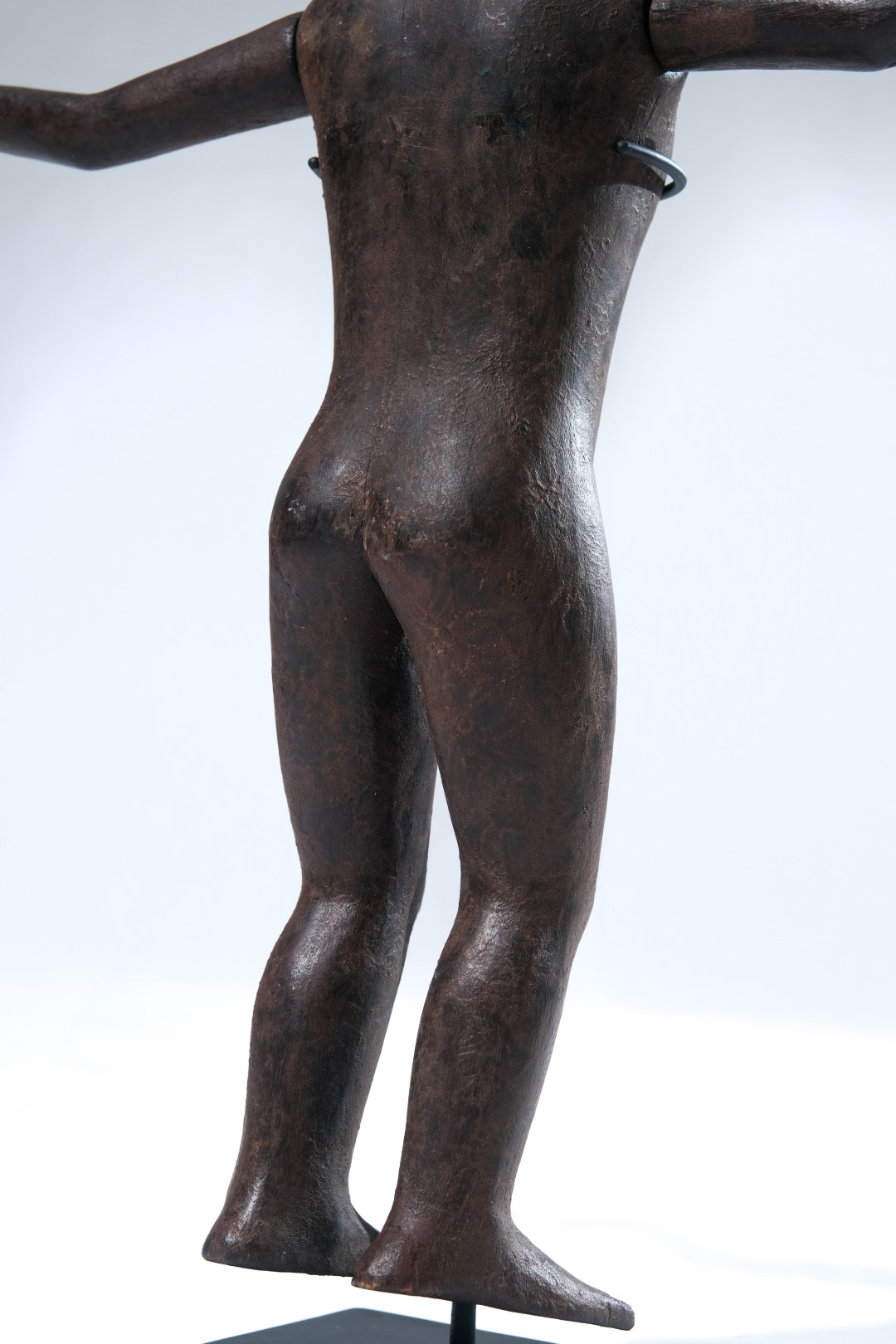

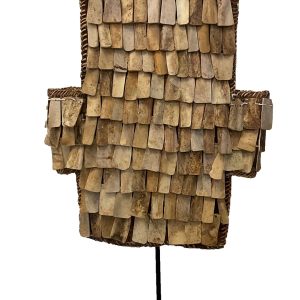


Reviews
There are no reviews yet.